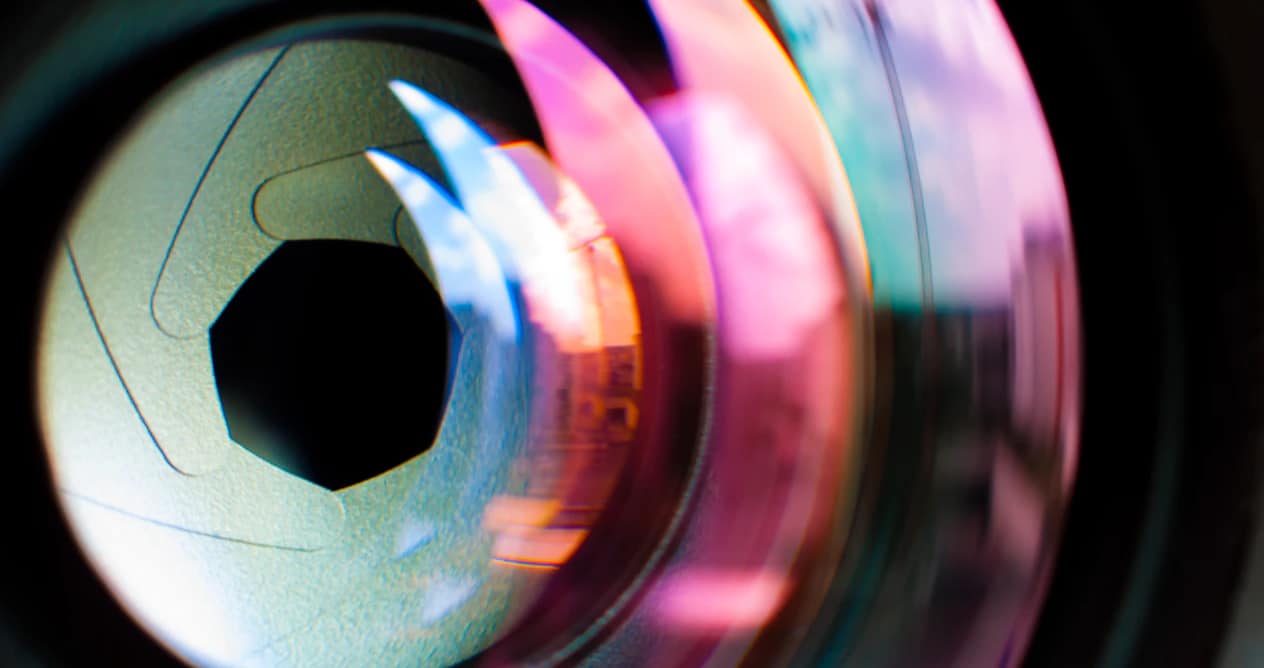
La 5D photography It is not an easy concept to assimilate, but it does represent an important advance for certain fields of research. Because thanks to the sum of different techniques, images can be obtained with a quantity of information that will help us to better understand things that, until not long ago, went unnoticed by our eyes.
From the camera obscura to 5D photography
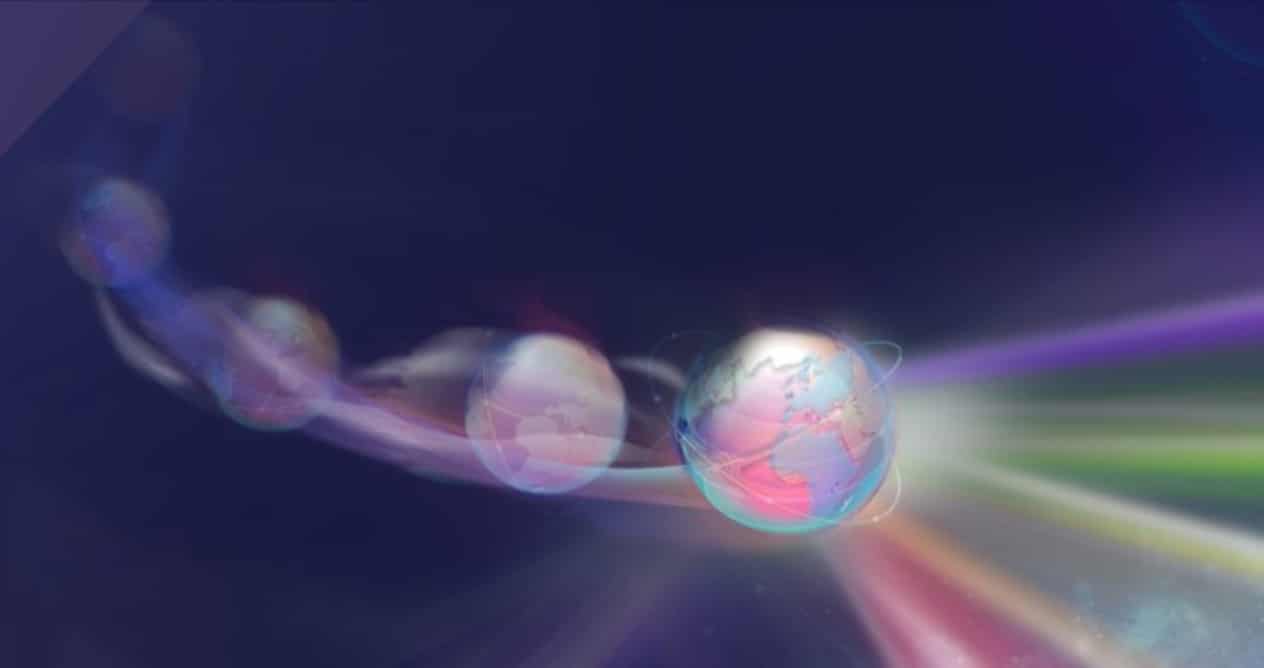
Photography is constantly evolving, although not all advances are popularized in the same way or at the same speed. Normally, the ones that reach the majority of users the fastest are those that, without detracting from their merits, are easier for users to implement and even understand how they work. For example, HDR photography.
However, there are other novelties that due to their complexity remain in the background, but they are no less important for them. What's more, in most cases they are much more than what mobile phone manufacturers want to surprise us with with their most recent proposals. An example of this is the 5D photography. Do you want to know what it is? We are going to tell you in a simple way, but first you have to quickly review the evolution of photography itself.
It could be said that the camera obscura is the origin of photography or, at least, what was based on to start building the device that would allow the first photo in history to be captured. And it is that, these dark cameras work identically to a camera.
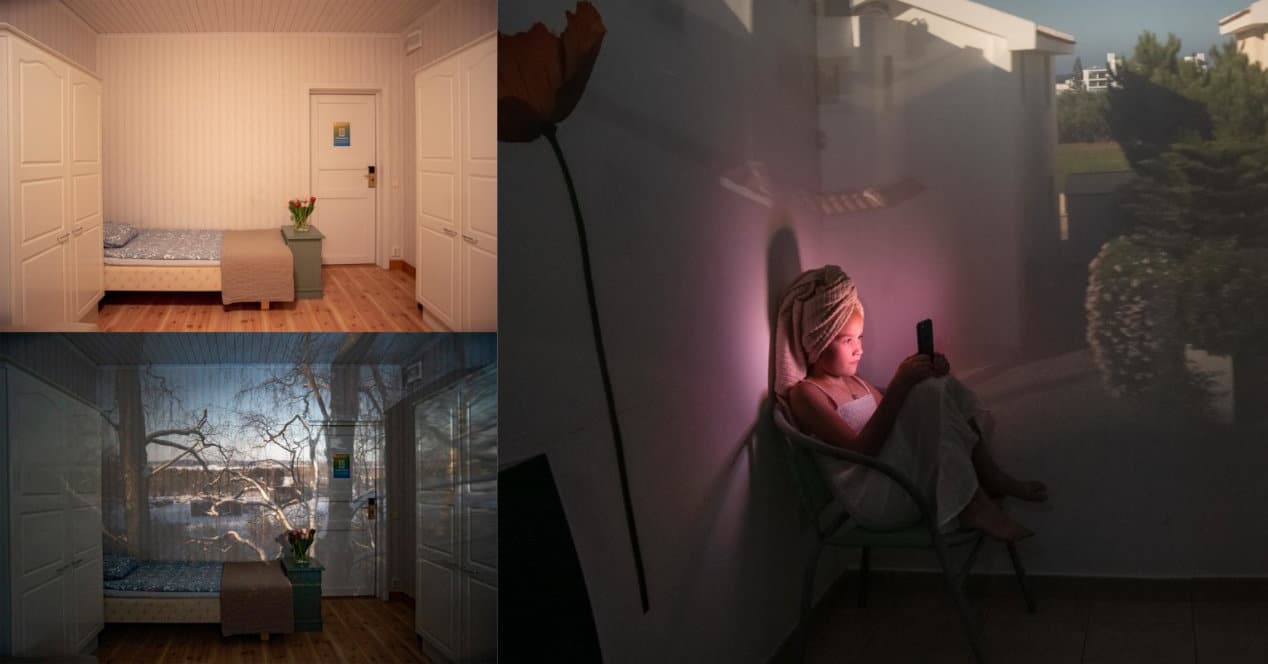
In a camera obscura, light only enters a small hole and this allows us to create a projection of what is on the outside right on the surface opposite said hole. Of course, in order to appreciate this projection, it is normal to be inside the camera itself. So with the idea in mind, they began to investigate how they could capture that image so that it was not something ephemeral but permanent.
This is how the challenge was raised and as technical advances allowed it, what would be the first recognized photo in history was reached: ”point de vue”. This photo was taken by Nocéphore Niépce in 1826 and it is he who is credited with the invention of photography.
Well, from that first photo everything began to evolve rapidly, analog cameras with reels arrived, the SLR and then the cameras with digital sensors that already represented the total boom of this artistic discipline. But not content with that, they continued to experiment with new capture techniques.
As everything progressed, ideas began to merge that allowed the leap from these captures in two dimensions of objects in three dimensions to new types of photography such as 3D or 4D. Well, the latest are 5D photographs. An important jump that is not easy to explain, but that is roughly understood and allows you to get an idea of the importance that it can have.
What is 5D photography
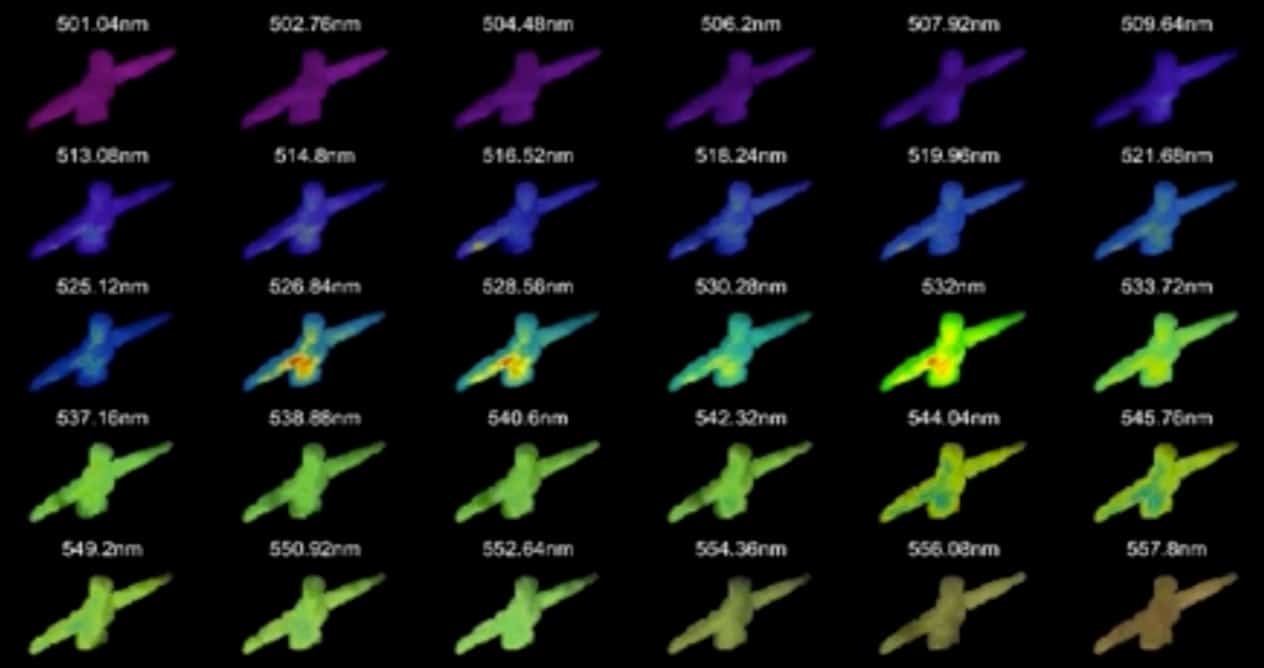
Let's start at the beginning, who invented 5D photography? Here, contrary to the photograph that Nocéphore Niépce is associated with as the author of the first photo in 1826, "point de vue", there is not a single figure but rather a group of researchers.
These have managed to capture the first images of what are considered 5D photographs, but what exactly are these types of images. Well let's see, a photograph will always be a 2D image and at most, when viewed on a digital medium, a 3D image. So the use of five dimensions in the name is due to the increase in information and not so much to see more.
Therefore, the 5D photos are images that are achieved by combining images with a large amount of information captured using different techniques such as compressed volumetric spectral ultrafast photography.
Yes, the name itself already indicates that understanding the exact capture process will not be easy if you do not have a good foundation in physics. Because it is necessary to be clear that it is all that of spectral, volumetric and compressed. Still understanding the idea is not impossible for anyone.
As the capture technique is described, it is capable of taking a snapshot at such a high speed that it allows you to freeze all kinds of things that can be photographed in times ranging from picoseconds to femtoseconds. To give you a better idea, these CUP cameras are capable of shooting 70 trillion frames per second.
Thus, with techniques that go from the capture of ultrafast photons to the observation of the optical cone of Mach, etc., it is how they achieve it. Because all the data collected in each of these individual images is combined so that it generates the 5D image.
If you have an idea or are more familiar with terms like 3D or 4D photography, 5D photography is the evolution and fusion of the other two. Thus the system provides spatial resolutions in the X, Y and Z axes together with data in t, λ.
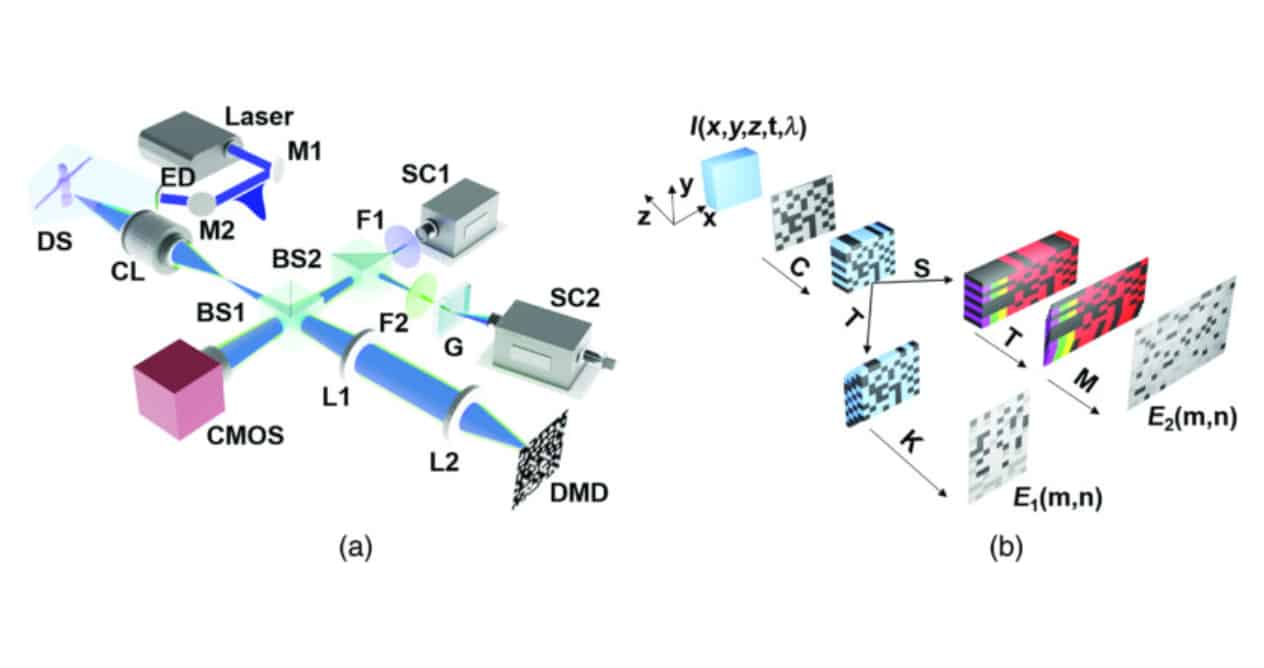
Will I be able to take 5D photos on my mobile phone? Well let's see, it is really not likely that you will be able to do 5D photography with a smartphone. The experimental system that has been built to capture this type of image makes use of two types of sensors and then merges them into one to display five dimensions of information.
5D photography applications
Well, knowing all this and hoping that you have assimilated the concept as well as possible, although you can always continue investigating if you even feel that you need to know more, What is 5D photography for?
The most accurate answer is that 5D photography will have mainly academic and research uses. Different laboratories and research environments on biology, physics and chemistry will find in this type of photos a way to capture a very high amount of information to review when they need to and thus advance in very varied projects that will allow them to discover secrets that science still has in store . Because right now there are unrepeatable moments that are impossible to “freeze”.